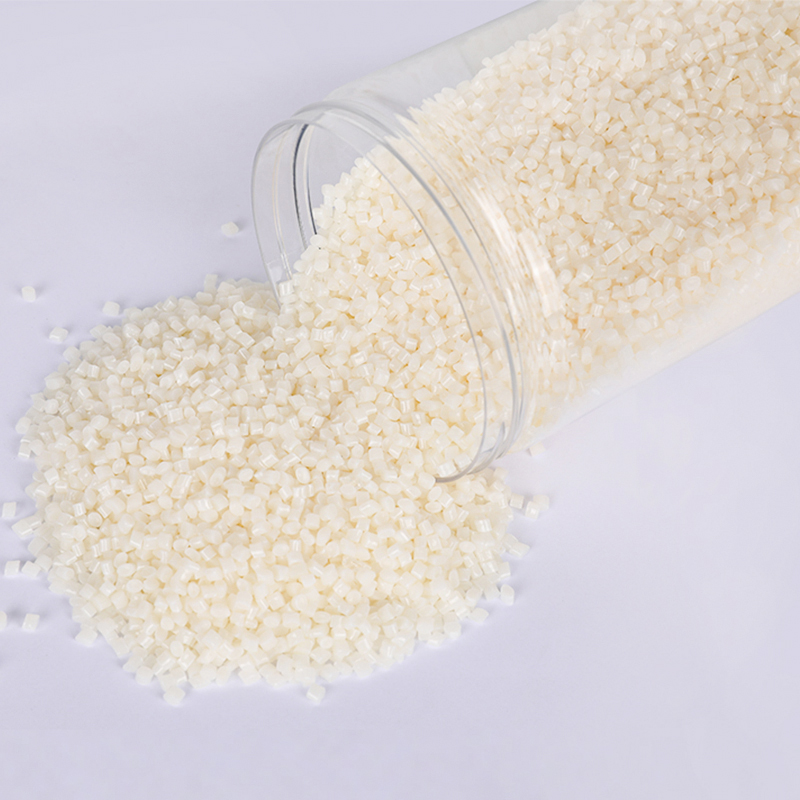Stay up to date with our recent products
Web Menu
Product Search
Exit Menu
What are the optimal conditions for molding or extruding ABS resin in manufacturing?
Acrylonitrile-Butadiene-Styrene resin is one of the most versatile and widely used thermoplastic engineering plastics. Its outstanding impact resistance, heat tolerance, chemical stability, and ease of processing make it an indispensable material in industries ranging from automotive to electronics, construction, and household products. Given these properties, ABS is a material of choice for manufacturers seeking high performance combined with cost-efficiency. Understanding the optimal conditions for molding or extruding ABS resin is crucial for maximizing its potential in production.
ABS is typically processed through two primary methods: injection molding and extrusion. Both techniques require specific temperature and pressure conditions to ensure that the resin flows properly, maintains structural integrity, and achieves the desired finish. The molding or extrusion process begins with heating the ABS pellets to a molten state. The ideal temperature for processing ABS typically ranges between 210°C and 250°C, depending on the specific grade of the resin and the application requirements. Precise control of temperature is vital, as overheating the resin can cause degradation, leading to a loss in impact resistance and surface quality, while insufficient heat can result in incomplete filling of molds or extrusion dies, producing defects in the final product.
In injection molding, the process involves injecting the molten ABS into a mold cavity under high pressure. The optimal pressure range during injection is usually between 50 and 100 MPa (megapascals). This high pressure ensures that the molten resin fills every detail of the mold without leaving voids or inconsistencies. After the mold is filled, the resin is allowed to cool and solidify before being ejected. The cooling phase is equally critical to ensuring a smooth surface finish and minimizing internal stresses that could lead to warping or brittleness. The cooling time should be long enough to allow the part to solidify completely but not so long that it reduces production efficiency. Typically, ABS parts require between 10 to 30 seconds of cooling time, but this can vary based on part size and thickness.
Extrusion, another common method for processing ABS, involves pushing the molten resin through a die to create continuous shapes such as pipes, sheets, or profiles. The optimal conditions for extrusion involve maintaining a steady temperature profile along the barrel of the extruder, usually set between 190°C and 230°C. A gradual temperature increase from the feed zone to the die ensures that the resin melts uniformly and flows smoothly through the die. Precise control of the screw speed and back pressure is also essential to avoid melt fracture or surface irregularities in the extruded product. Post-extrusion cooling is typically achieved through water baths or air cooling systems, which solidify the material while maintaining its shape.

In both molding and extrusion processes, material additives can further enhance the performance of ABS resin. For example, stabilizers may be added to improve heat resistance or UV protection, while fillers like glass fibers can increase strength and stiffness. However, these additives also influence the processing parameters. For instance, reinforced ABS grades may require slightly higher processing temperatures and pressures due to their increased viscosity.
Secondary processing of Acrylonitrile-Butadiene-Styrene resin, such as surface finishing, is another aspect that benefits from precise molding or extrusion conditions. ABS is particularly known for its good surface gloss and ease of secondary processes like electroplating, painting, or welding. When molded or extruded under optimal conditions, the surface quality of ABS parts is smooth and consistent, making it easier to apply additional finishes. Poor processing, on the other hand, can result in surface defects that complicate further treatment.
Moreover, the flow characteristics of ABS resin are influenced by the balance of its three main components: acrylonitrile, butadiene, and styrene. The ratio of these components can be adjusted to tweak the material's properties for specific applications. For example, higher acrylonitrile content improves chemical resistance, while increased butadiene content enhances impact resistance, which can affect the molding conditions as each component reacts differently to heat and pressure. Manufacturers must carefully select the appropriate grade of ABS and adjust processing parameters to align with the intended application.
As China PCR Recycled Plastic Granules Factory, We always adhere to the experience and philosophy of "keeping up with the times, constantly innovating, developing efficiently, and cooperating for mutual benefit"

Address: No.11, Wangzhuang Section, Provincial Road 01, Daqiao New Area, Economic Development Zone, Haiyan County, Jiaxing City, Zhejiang Province, China
Phone: +86-15988381895
Fax: +86-0573-86868101
E-mail: [email protected]
SUNRISE GROUP(Overseas Exclusive Agent)
www.sunrisechemical.com
2024 ICIS Global Chemical Distributor Top 8
Export Sales Manager:Helen Zhang
Mob/Whatsapp: +86 19883063465
Email: [email protected]
Copyright © Jiaxing Anyiju Plastic Industry Co., Ltd. All Rights Reserved

 简体中文
简体中文 English
English







